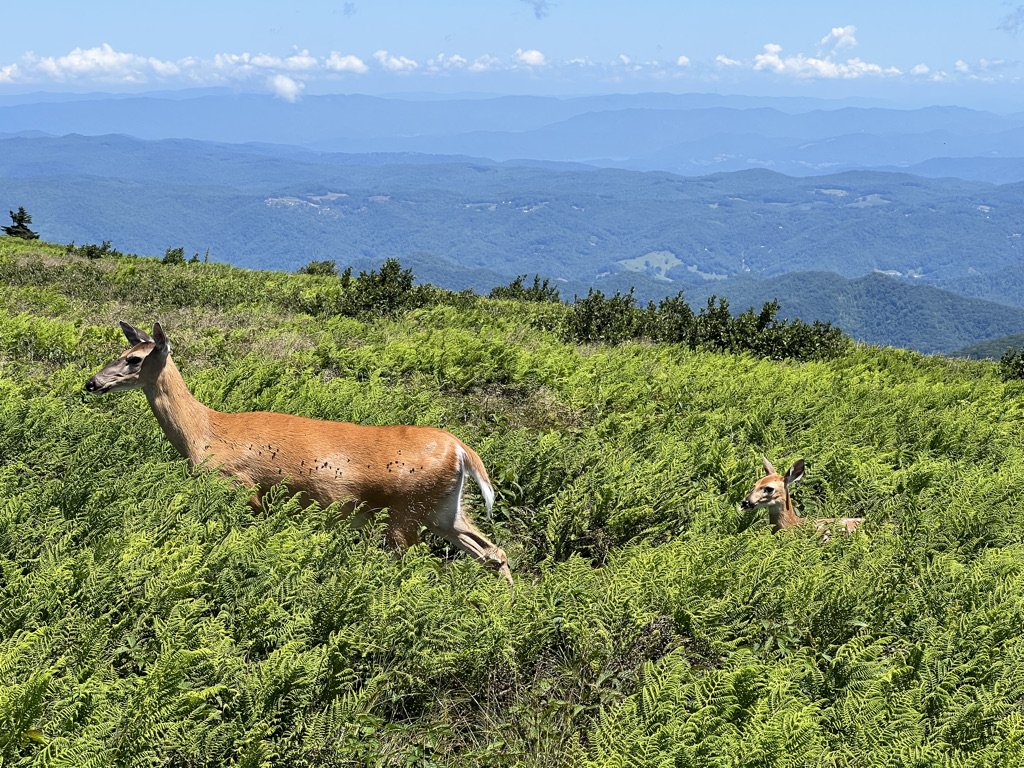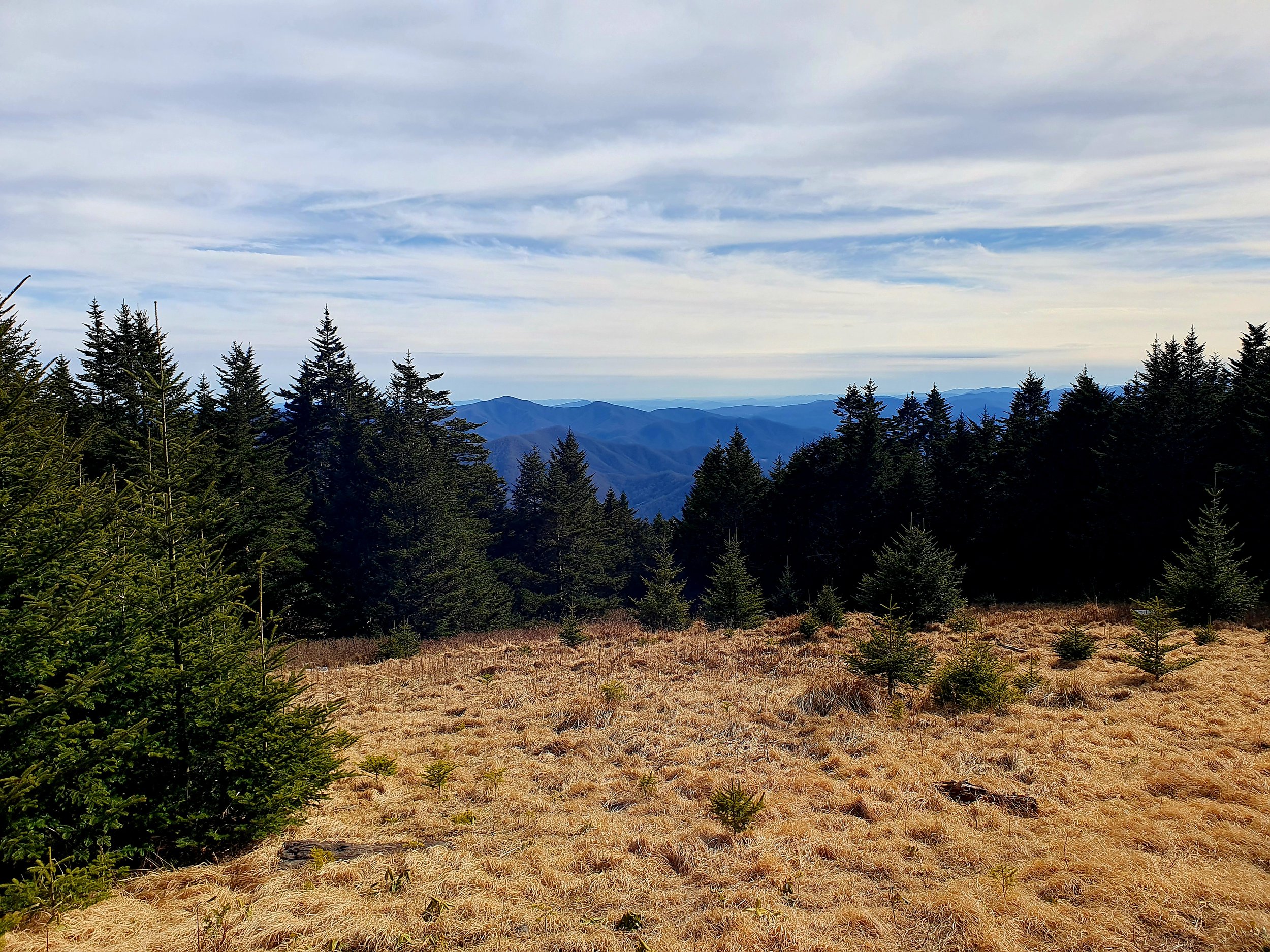
Roan Ecology
Photo by Travis Bordley/SAHC

The Roan Highlands represent one of the richest repositories of temperate zone diversity in existence - including numerous rare communities, four federally listed plants, two federally listed animals, and more than 80 Southern Appalachian endemic or regionally rare species.
The Roan Highlands can be divided into two distinct, increasingly rare ecological regions: grassy balds and spruce-fir forests.

Grassy Balds
This region includes Round Bald, Jane Bald, Grassy Ridge Bald, Hump Mountain, Little Hump Mountain, and the Big Yellow Mountains. Together, they comprise the longest stretch of grassy balds in the entire Appalachian mountain range. Appalachian balds are an increasingly rare and highly unique ecosystem that supports a number of rare plant and animal species. At Roan, this includes plants like the Gray’s lily and wildlife like the Golden-winged Warbler. The high elevation, early successional stage habitat Appalachian balds provide is critically important for many species. They are also incredibly popular for hikers, campers, photographers, and other visitors because of the scenic panoramic views they provide. As such, it is essential that visitors treat these areas with care and respect. Always stay on trail and follow the Leave No Trace principles.
Photos: Rob Campbell (USFS)

Spruce-fir Forests
This region includes Roan High Bluff and Roan High Knob. Fraser fir and red spruce forests also dot other areas of the Roan Highlands, such as parts of Grassy Ridge and the section of Carver’s Gap leading to Round Bald. These high elevation forests are a relic of the last ice age. While they used to be a common feature across the Southern Appalachians, today they are confined to only the highest peaks of the region. These rare “sky islands” provide habitat for an assortment of rare and unique species, such as the federally endangered Carolina northern flying squirrel and spruce-fir moss spider. Other rare species include the elusive northern saw-whet owl and Appalachian cottontail. While threats such as climate change and invasive pests continue to wreak havoc on these forest stands, the Roan contains the highest quality intact Fraser fir forest remaining throughout the tree’s entire range.
Photos: Rob Campbell (USFS)











